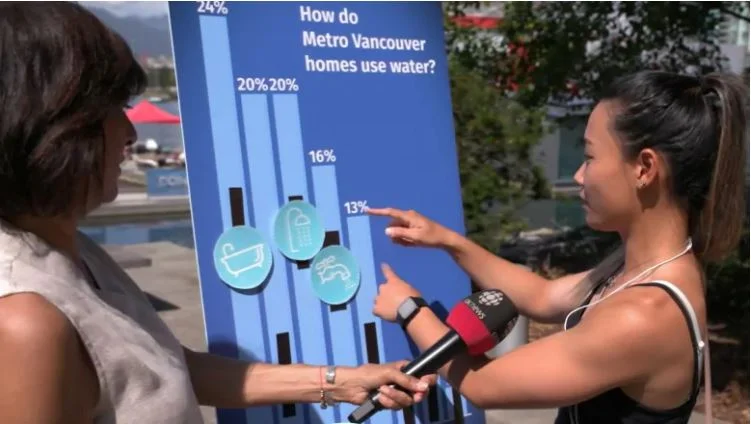In early December, while the property was unoccupied, Morgan’s real estate agent phoned him to advise that the house had been damaged as a result of a burst water connection to a second-floor toilet. Co-operators investigated the claim and denied coverage. The company’s position was that there was no insurance coverage for water damage after the property was vacant for more than five days, and there was no insurance at all for any loss if the dwelling was vacant for more than 30 consecutive days.
Saskatoon woman handed $33k water bill from the city
Mike Voth, the city's director of corporate revenue said the unfortunate situation is a combination of yearslong unnoticed water leak and a lack of access to the property. For roughly four years, the property was on an automatic billing cycle based on estimated usage, not actual water usage during that time. Once the city worker plugged in the new numbers, the difference between the paid amounts and the actual usage was realized. The culprit seems to be an upstairs toilet that was leaking for potentially years. Nguyen called a plumber and had the small leak fixed in roughly 15 minutes. "It's quite amazing what a 24-hour, seven-day-a-week leak, how much water can be used or consumed in this case," Voth said."Over the course of several years, unfortunately, that's the gap between what was billed and paid for and what was actually passing through the meter and being used."
Acclaimed Hamilton-based UN think-tank celebrates 25 years studying water security
Did you know there are more people in India with access to a cellphone than a toilet? Or that burning the world’s annual human waste output could yield the equivalent of $9.5 billion in non-renewable natural gas? Or that, every day, about 2,020 hectares of irrigated land worldwide becomes unfarmable because of salty soil? These findings, on water scarcity and environmental health, are considered groundbreaking in the scientific community. They also offer a snapshot into the extensive resumé of a Hamilton-based think-tank.
Water, water everywhere, but mostly down the drain: How Vancouver is trying to plug excessive water use
Water in Metro Vancouver might seem like a limitless resource, but it's time for that notion to go down the drain. When it comes to home water use — for drinking, bathing, toilet flushing and more — Metro Vancouver is a pretty thirsty place. Residential water use in Metro Vancouver is 270 litres per capita per day. That's less than the City of Montreal's 286 litres per capita per day, but more than Toronto's 219 per day or the 210 per day used by residents of Calgary. So how do the thirsty residents of Metro Vancouver use all that wet stuff?






